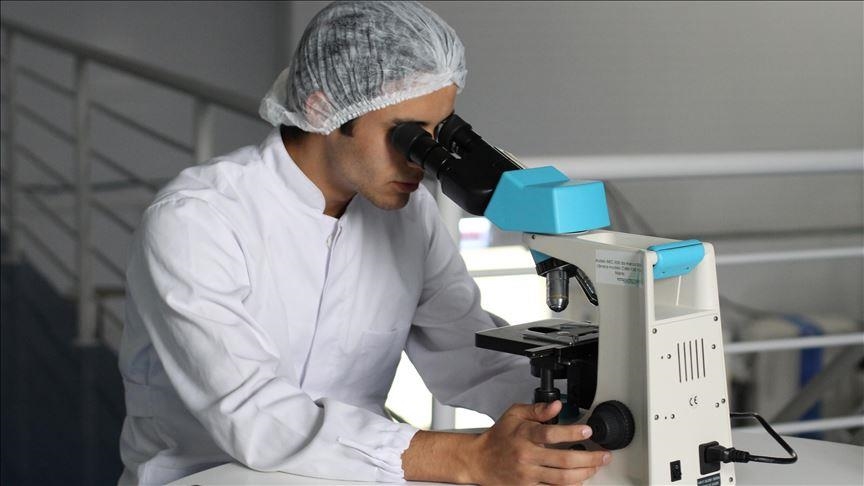Lab-grown embryo model produces human blood cells in scientific breakthrough
Researchers claim advance opens new door for regenerative medicine and blood disorder studies, media reports

ANKARA
Scientists at the University of Cambridge developed embryo-like structures from stem cells that produced human blood cells, marking a significant advancement in regenerative medicine, media reports said on Monday.
The Gurdon Institute researchers used human stem cells to replicate structures and cells found in the third and fourth weeks of pregnancy without using eggs or sperm, according to The Guardian.
“It was an exciting moment when the blood-red colour appeared in the dish—it was visible even to the naked eye,” the newspaper quoted Jitesh Neupane, lead author of the study, as saying.
These lab-grown models mimic the natural development process, allowing researchers to observe how human blood and heart cells form during embryogenesis.
The study found that the generated blood stem cells could differentiate into both red blood cells, which carry oxygen, and white blood cells, essential to the immune system.
“This sheds light on how blood cells naturally form during human embryogenesis,” said Neupane, noting its potential in drug screening, immune system research, and modeling blood disorders like leukemia, according to the Guardian.
Senior author Azim Surani said the method could eventually allow doctors to use a patient’s own cells to produce compatible blood for treatments such as bone marrow transplants.
The model intentionally lacks tissues that would develop into the placenta or brain, preventing it from becoming a full embryo.
“This is a minimalistic system,” Neupane said, adding that it follows the body’s natural development path without external proteins.
Anadolu Agency website contains only a portion of the news stories offered to subscribers in the AA News Broadcasting System (HAS), and in summarized form. Please contact us for subscription options.


